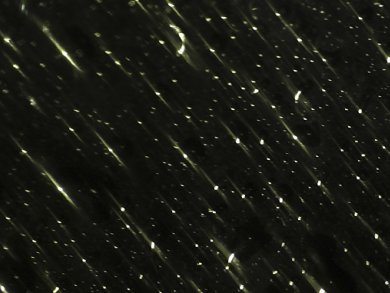A study by David Kadko and Joseph Prospero, University of Miami (UM), Rosenstiel School of Marine & Atmospheric Science, FL, USA, suggests a new way to estimate how much of the ocean’s pollution is falling from the sky. These findings can help improve scientific understanding of how toxic airborne chemicals, from the burning of fossil fuels and industrial power plants emissions, are impacting the oceans globally.
Beryllium-7 (7Be) isotope is found naturally throughout Earth’s atmosphere. It attaches itself, like man-made pollutants and other naturally occurring chemicals, to atmospheric dust particles and enters the ocean during rain events. Its distribution in ocean surface waters is used as tracer of upper ocean transport and atmospheric deposition processes.
By measuring the 7Be isotope concentrations in the ocean the scientists were able to provide a method to accurately estimate rainfall in remote regions of the ocean. The two-year study measured 7Be deposited in rain collectors at two sites in Bermuda and compared these estimates to those observed in the nearby Sargasso Sea.
The measurements are placed in a longer-term and large-scale spatial context by using climatological rainfall data on Bermuda and ocean rainfall estimates from the Global Precipitation Climatology Program and Tropical Rainfall Measuring Mission.
- Deposition of 7Be to Bermuda and the regional ocean: Environmental factors affecting estimates of atmospheric flux to the ocean,
David Kadko, Joseph Prospero,
Am. Geophys. Union J. Geophys. Res. 2011.
DOI: 10.1029/2010JC006629



